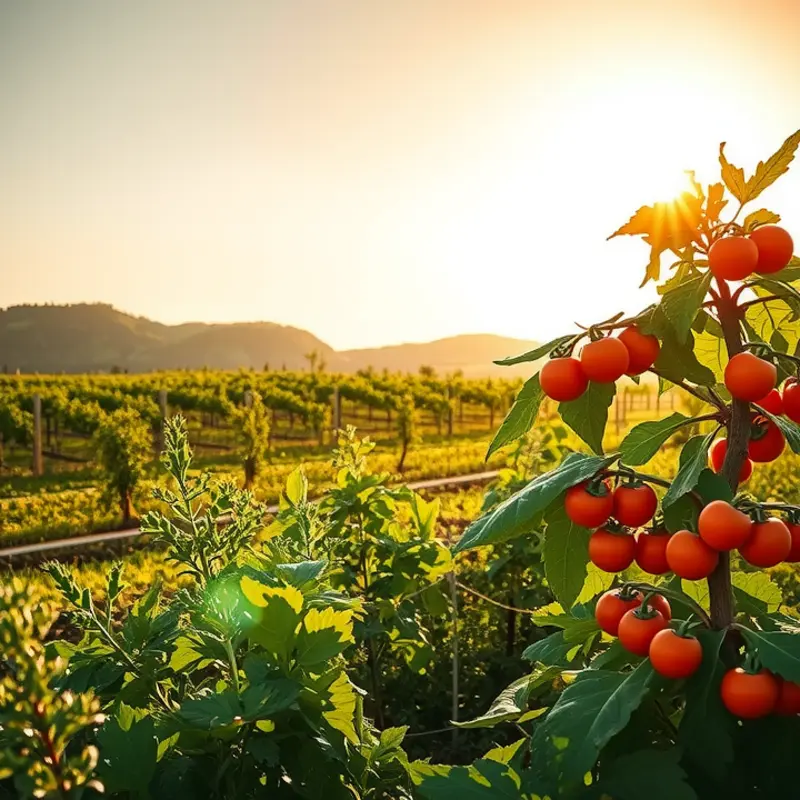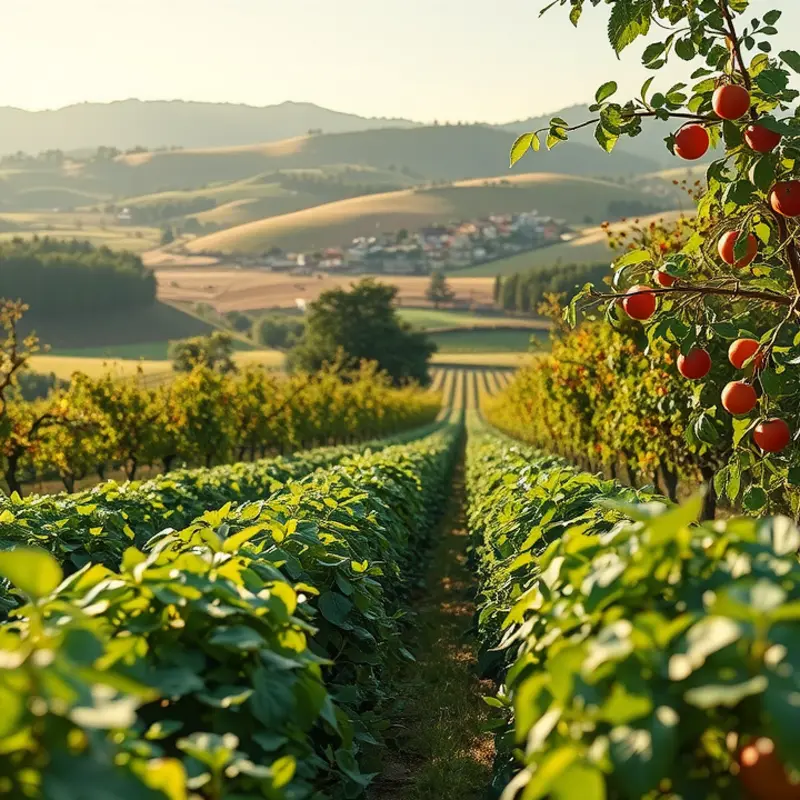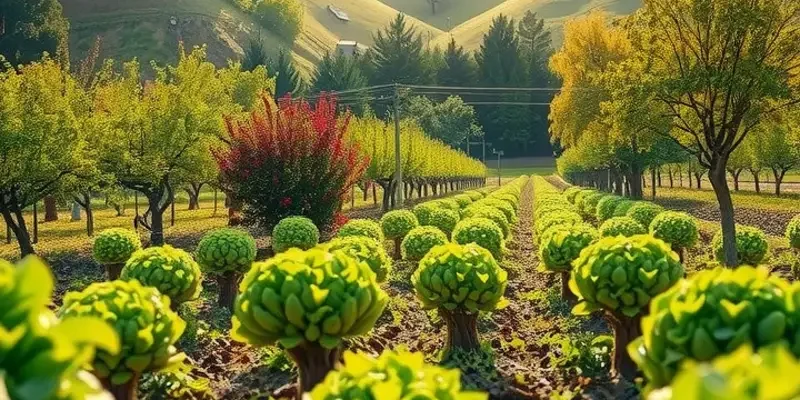Cooking grains is a fundamental skill that enhances any home cook’s repertoire. Whether you’re preparing rice, quinoa, or farro, mastering grains ensures nutritious and delicious meals. This guide is designed for cooks of all levels, offering straightforward methods and essential tips that transform cooking grains from daunting to delightful. Discover how to create perfectly fluffy grains every time!
Understanding Various Grains

Embarking on the journey of mastering grains starts with familiarizing yourself with their diversity. Grains, each with unique characteristics and cooking requirements, form the basis of many global cuisines. Understanding these traits ensures perfectly cooked grains, adding depth and nutrition to your meals.
Rice is one of the most versatile grains, utilized across many cultures. White rice cooks quickly but lacks some nutrients found in its unprocessed counterpart. Brown rice, with its nutty flavor and chewy texture, retains its bran layer, making it more nutritious but requiring a longer cooking time. For a fragrant touch, basmati or jasmine rice can elevate a dish, each offering distinct aromatic qualities.
Another significant grain is quinoa, celebrated for its complete protein profile. This pseudo-grain, often grouped with true grains, cooks rapidly. Rinse it thoroughly under cold water before cooking to remove its natural coating, saponin, which can impart a bitter taste.
Consider barley for its versatility and health benefits. Pearled barley, in which the outer husk is polished away, is more commonly found and cooks faster. Its chewy, robust texture complements soups and stews perfectly, absorbing flavors while contributing a satisfying heft.
Farro, an ancient grain, is noted for its slightly sweet, nutty flavor. It offers a firm bite, making it a great addition to salads. Like barley, it absorbs flavors well, allowing it to enhance the components it shares the pot with. Ensure farro is soaked overnight to shorten cooking times and yield better results.
Millet is a resilient grain, thriving in arid regions and providing a slightly sweet, corn-like flavor. When toasted before cooking, it brings out even more of its natural flavor. Millet is particularly valuable for those seeking a gluten-free grain option.
For those exploring gluten-free choices, amaranth is another promising candidate. Its tiny grains pack a punch with their earthy taste. When cooked, amaranth can be slightly sticky, making it suited for porridge or polenta-style dishes.
Intriguingly unique, teff hails from Ethiopia and is the primary ingredient in the traditional bread, injera. These tiny grains are either white or red in color and cook quickly. Teff’s taste can be both sweet and tangy, depending on its variety, offering versatility in both sweet and savory dishes.
Understanding each grain’s inherent qualities sets the stage for cooking success. Whether it’s adjusting water ratios for a softer texture or soaking to reduce cooking times, each technique is pivotal. Perfectly cooked grains, tailored to enhance specific dishes, reflect not only culinary skill but also a deep appreciation for these foundational food sources.
For more explorations into Mediterranean culinary delights, check out Mediterranean chickpea salad.
Step-by-Step Cooking Techniques

Mastering the art of cooking grains requires mindful attention to each stage of the process. Every grain, whether rice, quinoa, or farro, needs specific techniques to unlock its full potential in terms of flavor and texture. Here, we delve into a detailed breakdown of each step to ensure your grains are perfectly cooked every time.
Before diving into cooking, always start with rinsing. This step is crucial and varies with the type of grain. For rice varieties like basmati and jasmine, rinsing under cold water removes excess starch, preventing a gooey outcome. Quinoa, on the other hand, benefits from rinsing to eliminate its natural saponin coating, which can impart a bitter taste.
After rinsing, proceed to the soaking phase for grains such as farro and barley. This step is optional but highly recommended as it softens the grains and shortens the cooking time. Soaking also activates enzymes that enhance digestibility and nutrient absorption.
Next, measure the correct water-to-grain ratio, an essential factor in achieving the ideal texture. For white rice, a common ratio is 1:2, while brown rice might require a bit more, closer to 1:2.5. Quinoa typically adheres to a 1:2 ratio, ensuring it’s fluffy yet tender.
Once you’ve measured the water, combine it with your grains in a pot. Bring the mixture to a boil over medium-high heat. This stage requires vigilance. As soon as the water boils, reduce the heat immediately to achieve a gentle simmer. Continuous boiling may result in unevenly cooked grains with a tough exterior.
Cover the pot with a tight-fitting lid to trap steam, which plays a pivotal role in evenly cooking the grains. Simmer the grains undisturbed, according to their specific times: 18 minutes for white rice, 20 minutes for quinoa, and up to 40 minutes for brown rice or farro.
Upon reaching the right tenderness, it’s critical to let the grains rest for five to ten minutes, off the heat but still covered. This final step allows any remaining moisture to redistribute evenly, enhancing the grains’ texture. Fluff the grains gently with a fork to separate them, ensuring light and airy results.
For those exploring a low-carb lifestyle, grains still play a role as a textured addition to meals. Consider blending cooked quinoa into this Mediterranean Chickpea Salad, offering both a nutritional boost and a unique flavor profile.
Through these meticulous steps, cooking grains becomes not only an art but a celebration of their versatile roles in our culinary repertoire. Each phase, from rinsing to resting, is meticulously designed to bring out the best in every grain, ensuring a delightful dining experience.
Final words
Cooking grains is a rewarding experience that adds depth and nutrition to your meals. By understanding the unique properties of different grains and following clear, step-by-step techniques, even the most novice cooks can create delicious and perfectly textured dishes. Remember to experiment with various grains and flavors as you build your confidence in the kitchen. With practice, cooking grains will become a seamless part of your culinary repertoire, offering endless possibilities for wholesome meals.







